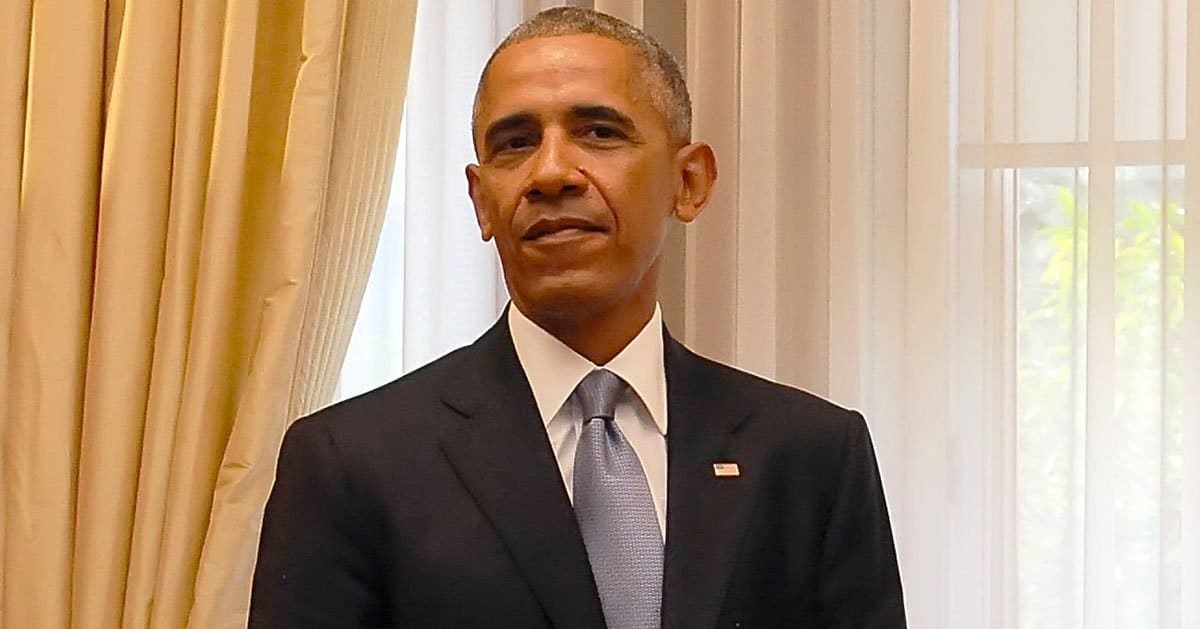



In a decision that could shape future interpretations of Second Amendment rights, the United States Court of Appeals for the District of Columbia Circuit has upheld a ban that limits the ammunition capacity of magazines in Washington, D.C.
Ammoland reported that the verdict determined that the law, which bans magazines capable of holding more than ten rounds, is constitutional and does not violate Second Amendment protections.
The case, known as Hanson v. District of Columbia, was initiated by plaintiffs seeking to overturn a law they argued infringed on their right to possess 17-round magazines, which are commonly used in firearms like the Glock 17.
After a District Court supported the legality of D.C.’s restrictions, the plaintiffs appealed the decision, bringing the matter before a three-judge panel of the D.C. Circuit Court.
In their appeal, plaintiffs contended that the magazine ban contradicts Supreme Court decisions in Bruen and Heller, which protect firearms that are commonly used for lawful activities. The core of their argument was that the ban severely limits their Second Amendment rights.
D.C., on the other hand, asserted that high-capacity magazines are rarely necessary for self-defense, which made the regulation align with public safety objectives and historical precedents.
The court panel examined whether modern restrictions align with the historical traditions of the Second Amendment. The lawsuit pointed to Bruen as establishing that any new firearm regulations should be consistent with the original text and the period when the Second Amendment was enacted.
D.C. defended the ban by referencing past laws concerning gunpowder storage, which aimed to avert fires rather than regulate arms possession.
Moreover, the city presented historical restrictions such as the 1800s Bowie knife ban and a 20th-century limit on Thompson submachine gun magazines.
Two of the judges found some of DC's historical examples compelling, aligning the challenged law with some past regulations. However, Judge Justin Walker disagreed, finding those historical analogs insufficient to validate the ban.
Judge Walker criticized the historical evidence, saying it was irrelevant to a modern populace where firearms with over ten rounds are common.
He emphasized that historical precedents did not cover arms kept at home, nor those intended for self-defense.
Walker argued that the cited historical regulations were either implemented long after the Second Amendment’s ratification or covered unusual weapons instead of those in regular use. Consequently, he found no historical tradition comparable to D.C.’s current magazine ban.
Despite Walker's strong dissent, the other judges concluded that D.C.'s regulation met the necessity of managing "unprecedented societal concerns and dramatic technological changes." They accepted the city’s need to address evolving public safety challenges while adhering to constitutional allowances.
While the ruling leaves the ban in place, options remain open for the plaintiffs. They might request an en banc hearing, which could lead to a reconsideration of the panel’s decision. If an en banc hearing is granted, the entire D.C. Circuit Court would revisit the case.
Alternatively, the plaintiffs have the option to petition the Supreme Court directly. Given the suggestion that the Circuit Court’s decision dismisses certain Second Amendment precedents, the Supreme Court might take interest in revisiting the issues raised.
This case represents a significant moment in the ongoing debate over gun rights and restrictions, particularly about magazine capacity and self-defense. As legal appeals proceed, the resolution could provide clearer guidance on interpreting the Second Amendment’s scope in contemporary contexts.
D.C.’s defense of its magazine ban reflects a broader concern about balancing individual rights with community safety. The implications of this ruling resonate beyond the boundaries of the District, potentially affecting similar statutes in other jurisdictions.
The evolving legal interpretations of Bruen and Heller decisions underscore the complexity of applying historical frameworks to modern technological advances in firearms. This tension between historical precedent and contemporary application may define future legislative and judicial battles.
As this case continues to unfold, it highlights the critical role of the judiciary in navigating the intricacies of constitutional rights against a backdrop of societal and technological transformation.



